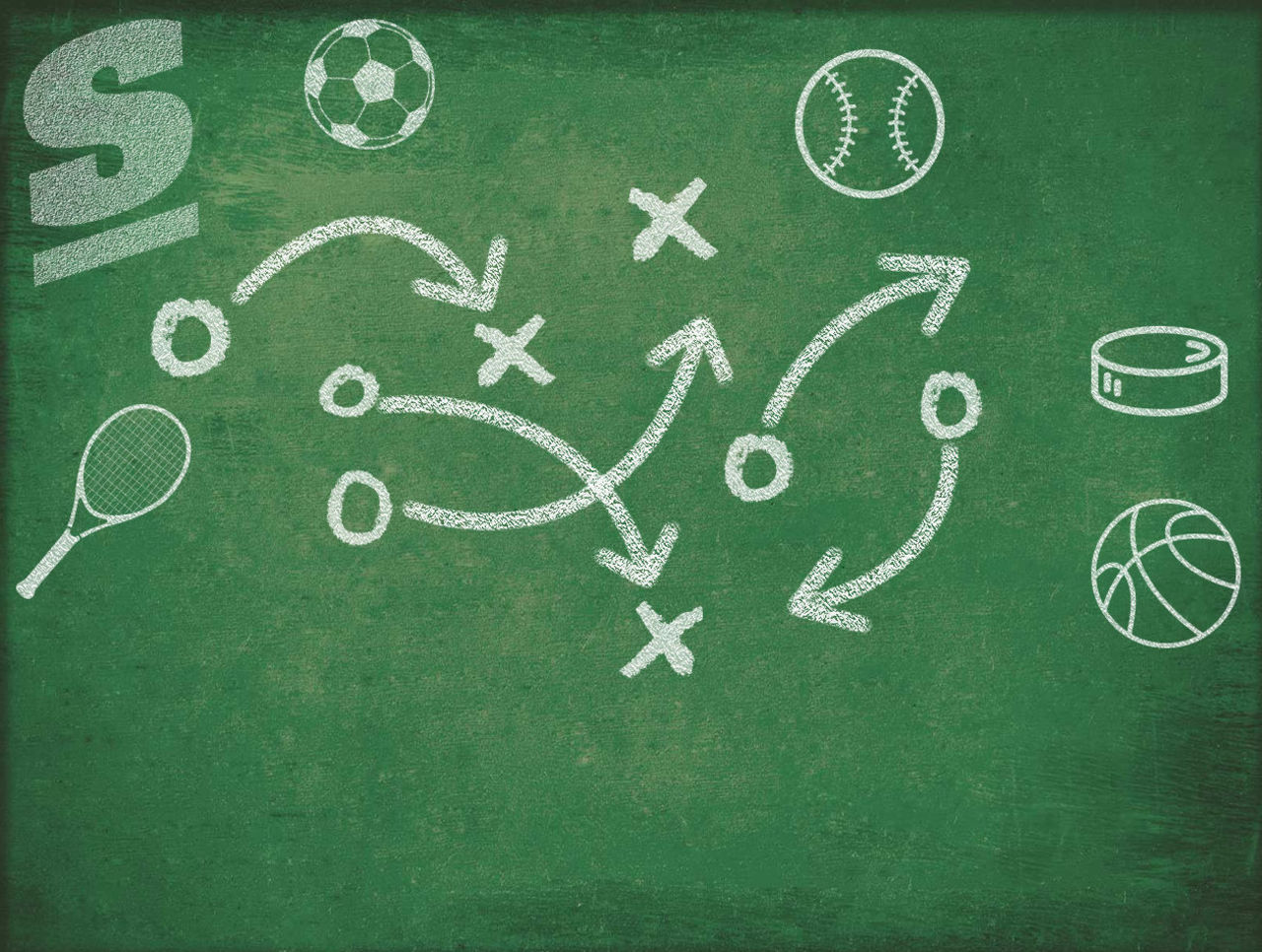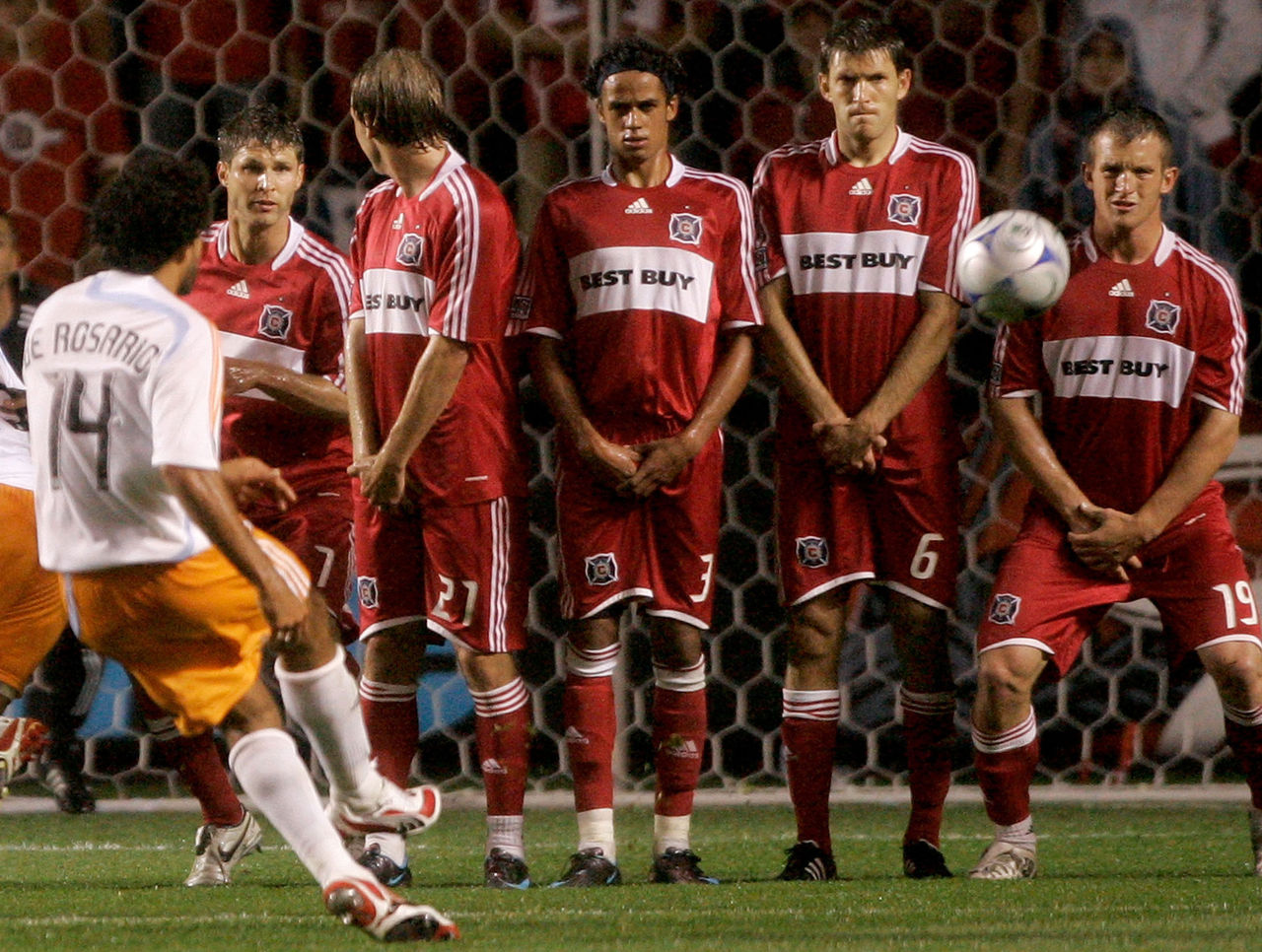Dwayne De Rosario on delivering a set piece

The Experts Series is a multi-part project which delves into the mindset of athletes who've reached the pinnacle of their profession, offering insight on the philosophy and fundamentals that led to their most memorable moments.
The Moment
There are no friends in the California Clásico - the rivalry between the San Jose Earthquakes and the LA Galaxy.
During a match in Santa Clara in 2012, several Galaxy fans were arrested following violent altercations in the stands. Smoke bombs were set off during halftime. Police arrived in riot gear. The Galaxy supporters section was cleared.
The rivalry reached its peak during the period from 2001 to 2005 in which the teams combined to win the MLS Cup four times.
The Oct. 15, 2005 match marked the regular-season finale for both squads. Heading into the half, Dwayne De Rosario put his stamp on the rivalry.
Handed a free kick from about 30 yards out, De Rosario unleashed a powerful, bending strike that found its way around the wall and into the top corner of the net, past an outstretched - and stunned - Kevin Hartman.
"We play against a rival team and you get to score a goal like that. At the time, it was a great feeling," De Rosario told theScore.
The marker would stand as the eventual game-winner in a 3-1 victory for the Earthquakes, and would later be named MLS Goal of the Year.

The Philosophy
De Rosario understands the importance of set pieces, and the study and preparation that goes into mastering them.
"With the team we work constantly on set pieces," he said. "Whether that's corner kicks, whether that's defending corner kicks, whether that's setting up a wall; if a guy is out, how do you adjust the wall? How does the keeper like the wall?"
There has been an evolution in the way free kicks are taken in the game today, compared with the way players approached them in the past. That hasn't been lost on De Rosario, who's noticed the change through the years.
"People always try to figure out new ways to manipulate the ball. To make it dip, make it bend, make it curve," he said. "I think it goes in sequence with the balls today. The balls today are different. They're lighter. They move a lot. Whereas back in the day, the ball was more solid. So I think it works hand-in-hand with the design of the ball.
"People try to find new ways to take free kicks. Obviously, Cristiano Ronaldo, he's found a way to kind of create a backspin effect on the ball with the way he hits it, and it makes the ball dip. And it works for him."
While elite players like Cristiano Ronaldo have found a way to make their free kicks effective, De Rosario, whose DeRo United Futbol Academy helps young players take their game to the next level, notes that each player must find their own style.
"I think one thing about free kicks is, the way Cristiano Ronaldo takes free kicks, he's worked on it very hard," De Rosario said. "Everyone, especially the young guys, they have to figure out what's the right recipe that works for them. It takes a lot of practice."

While individuals are at the heart of set pieces, De Rosario notes that dead ball scenarios are still rooted heavily in teamwork and the squad's preparation for them.
"That's a part of the game where you work as a team, because a lot of goals are scored off set pieces," De Rosario said. "If you look at the percentage of goals scored off set pieces - particularly in the World Cup - the numbers are quite amazing."
In the 2014 World Cup in Brazil, 30 of the 171 goals scored came from set pieces.
Eight years earlier, France and Italy played an enthralling World Cup final that saw only two goals scored before the contest was decided at the penalty spot. Those two markers? A Zinedine Zidane spot kick, and a thumping header from Marco Materazzi, courtesy of a pinpoint corner kick from Andrea Pirlo.
In a game in which so few goals are scored, a properly executed set piece can be the difference on any given day.
"I know every team works on both ends of set pieces, attacking and defending, quite a bit," he said. "And usually the teams that work on it the most, usually have the most success."
Previous editions of The Experts Series
Mike Weir on putting under pressure
Mike Weir on winning on golf's biggest stage
Kelly Gruber on what it takes to hit for the cycle
Tyler Bozak on the art of the faceoff
Wendel Clark on what it means to wear the 'C'
Tyler Bozak on the most exciting play in hockey
Dwayne De Rosario on perfecting the penalty kick
HEADLINES
- Biggest winners and losers from Champions League quarterfinals
- Real Madrid show off legendary survival instincts in Manchester
- Bayern punish Arsenal, reach UCL semifinals for 1st time since 2020
- Arteta says Arsenal paid for one mistake vs. Bayern: We're 'gutted'
- PSG exorcise old ghosts as Mbappe keeps Champions League dream alive